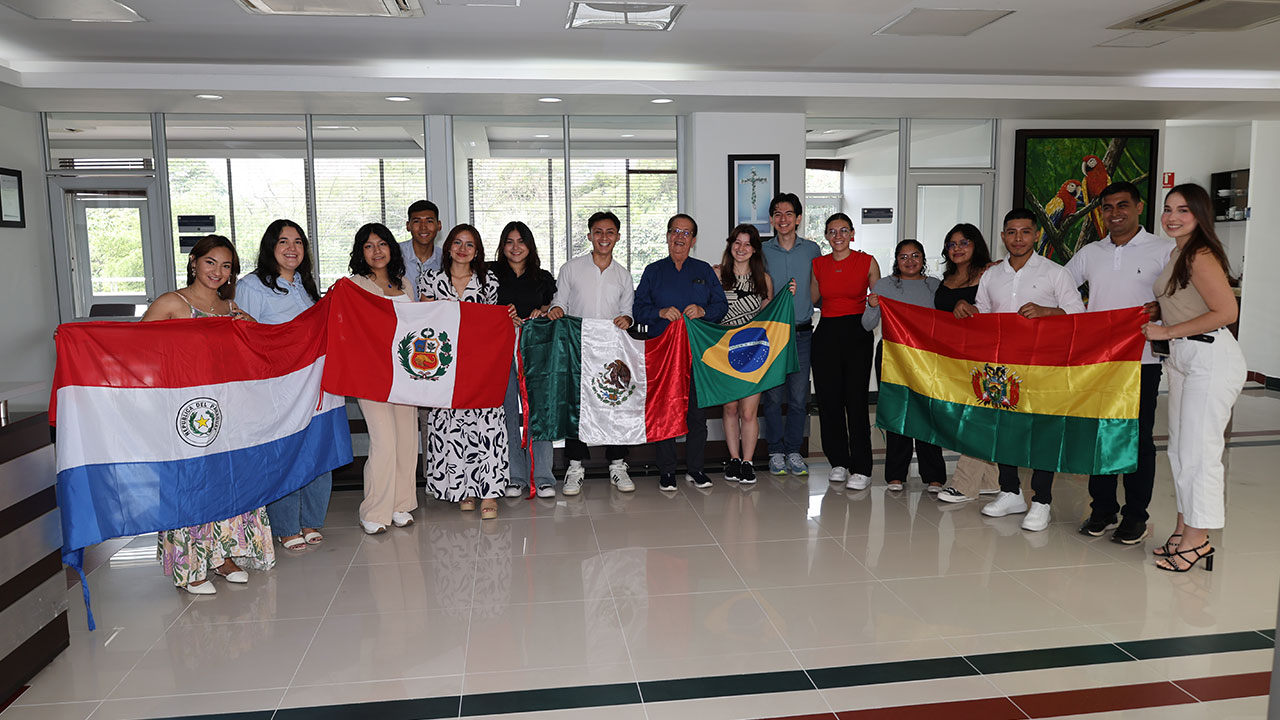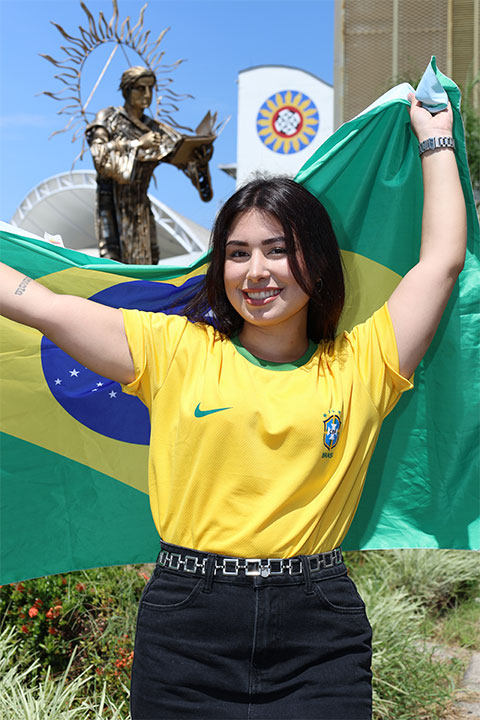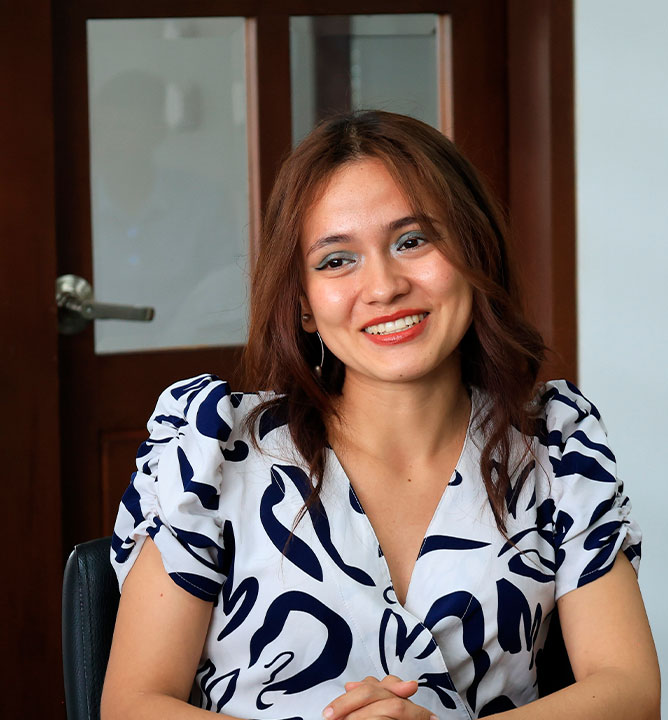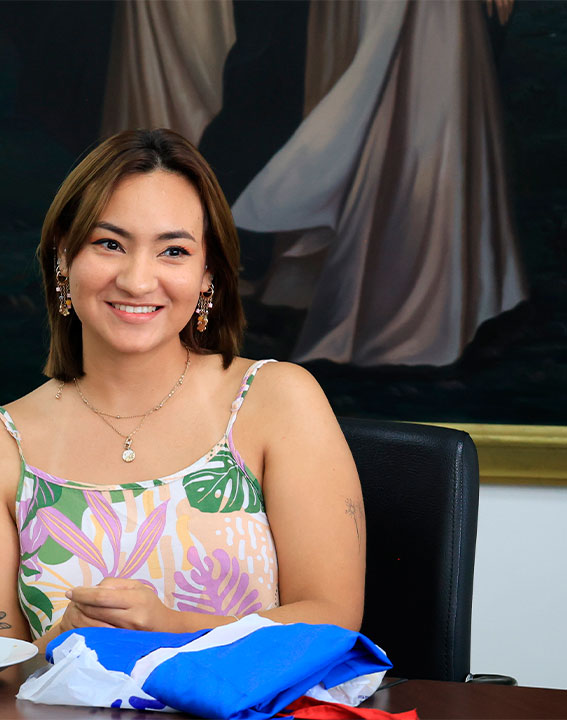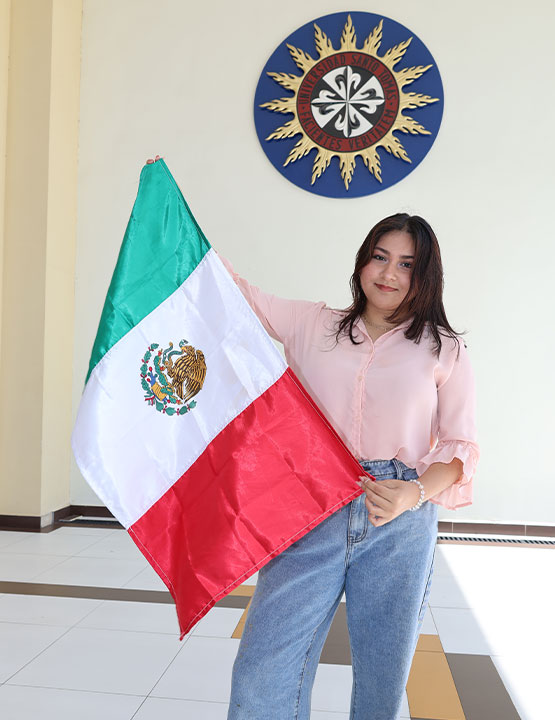Dirección de Relaciones Internacionales - DRI
Si estás interesado en vivir una experiencia académica en nuestra Universidad, puedes hacerlo al aplicar a nuestras convocatorias de movilidad académica virtual o presencial.
¿Cómo aplicar a un intercambio en la USTA, Seccional Villavicencio?
1. Consulta nuestras convocatorias y oferta académica disponible, enviando un correo eléctronico a:
Dir.dri@ustavillavicencio.edu.co o internacional@ustavillavicencio.edu.co
Dir.dri@ustavillavicencio.edu.co o internacional@ustavillavicencio.edu.co
2. El coordinador de tu Universidad tiene que remitir la nominación oficial vía correo electrónico. La misma debe de contener los siguientes datos: Nombre del estudiante, correo, facultad de destino y número de documento de identidad.
3. Tras la recepción de la nominación, a respuesta enviaremos nuestro formulario de inscripción el cual debe ser diligenciado completamente y se debe cargar la siguiente documentación:
- Carta de Postulación de Universidad de Origen.
- Carta de Motivos.
- Kardex o Histórico de Calificaciones.
- Documento de Identidad (Pasaporte).
- Currículum Vitae (Máximo 2 hojas, académico sin adjuntos).
- Asignaturas a cursar.
4. Tu solicitud será estudiada por el programa académico al que hayas aplicado, y una vez sea aprobada, se enviará tu carta de aceptación y posterior indicaciones a tu correo registrado en el formulario.



